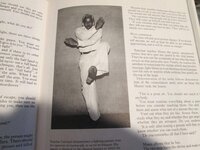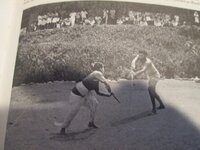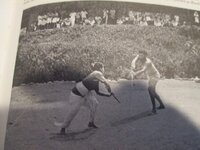Maces are devastating and Brian Blessed is very, very cool
when I was a kid, the most violent thing was seeing Macbeth and the guy finished off another soldier with a flail. It was like 3 quick hits to the back and yes, I was a huge fan of mass weapons after that















